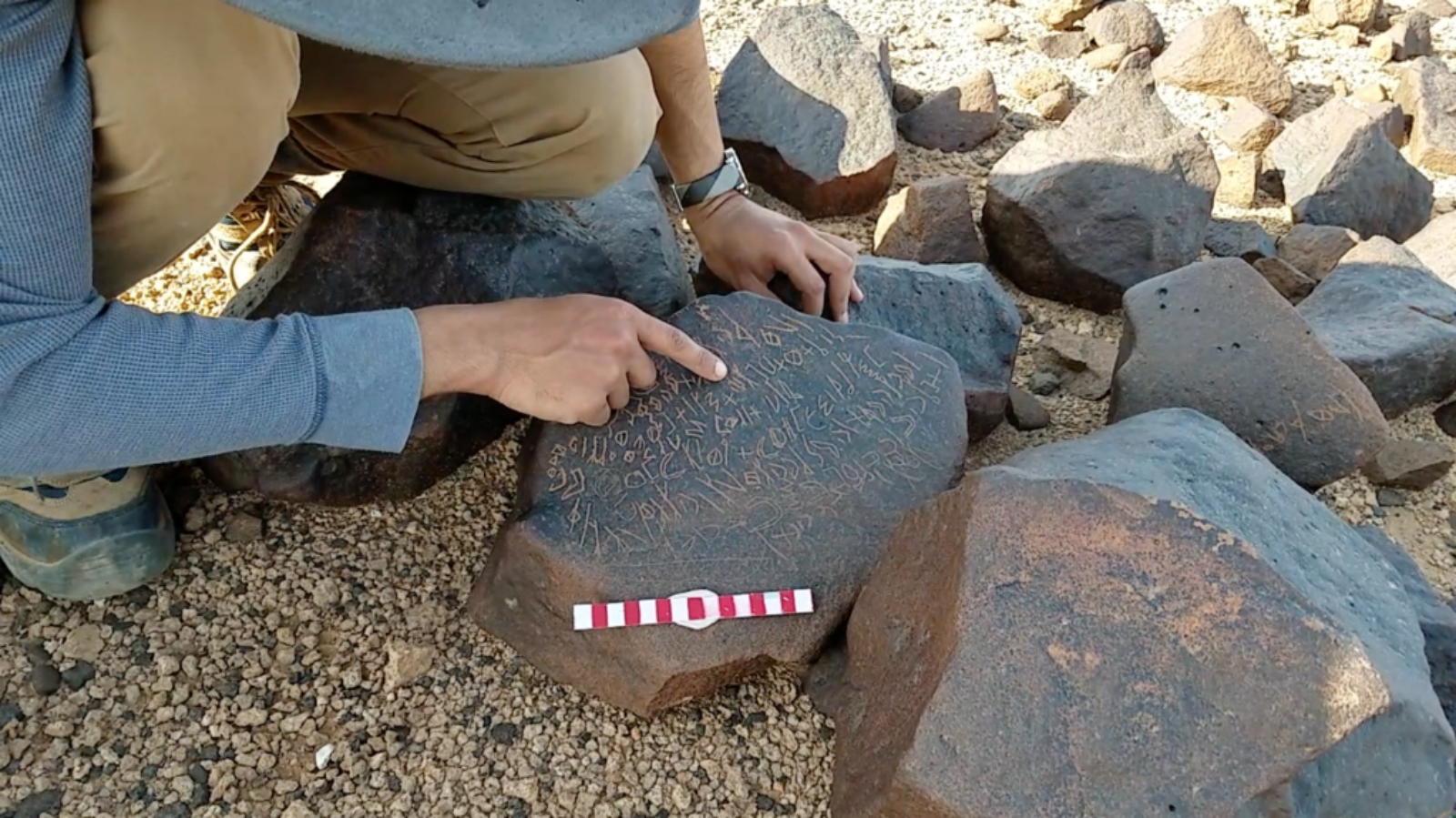The stone finds rewriting the history of Arabia

Arabs may have used this ancient Semitic alphabet before Arabic was invented: Recently discovered rocks engraved with Safaitic inscriptions are shedding light on a mysterious period in the history of pre-Islamic Arabia,changing decades of academic consensus and rewriting the history of the region, Elias Muhanna writes for the New Yorker. One recent find was a rock unearthed by archaeologists in Jordan, with inscriptions in the ancient alphabet that flourished in northern Arabia 2,000 years ago. It was one of more than 50k texts that showed how ancient speakers of early Arabic used the letters of other alphabets to transcribe their speech, after it was long thought that the area’s Bedouin nomads had no system for writing down the poetry they composed to record the feats of their tribes. “Safaitic glyphs look nothing like the cursive, legato flow of Arabic script. But when read aloud they are recognizable as a form of Arabic.”